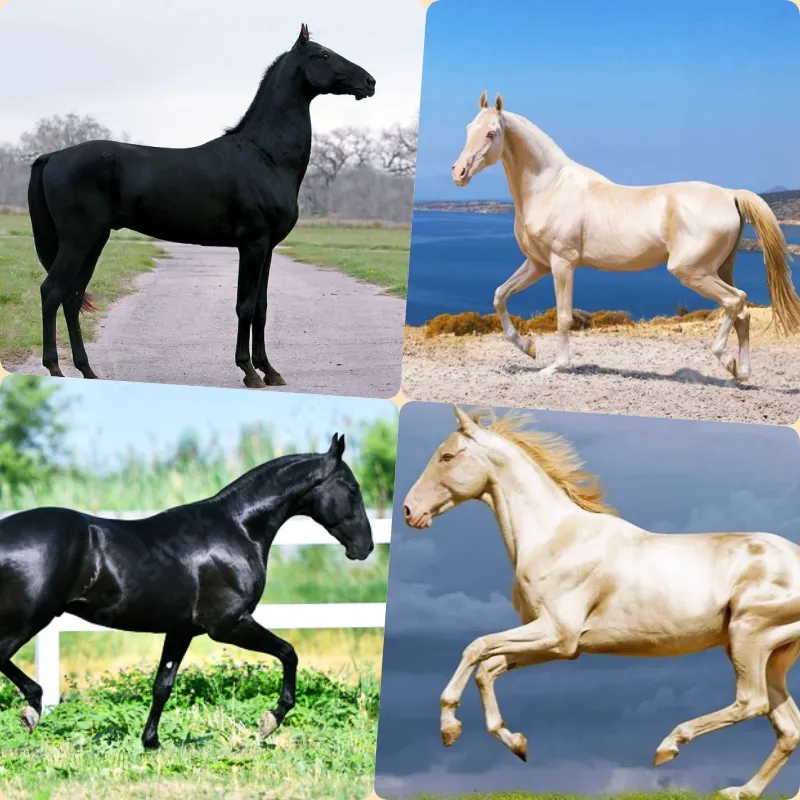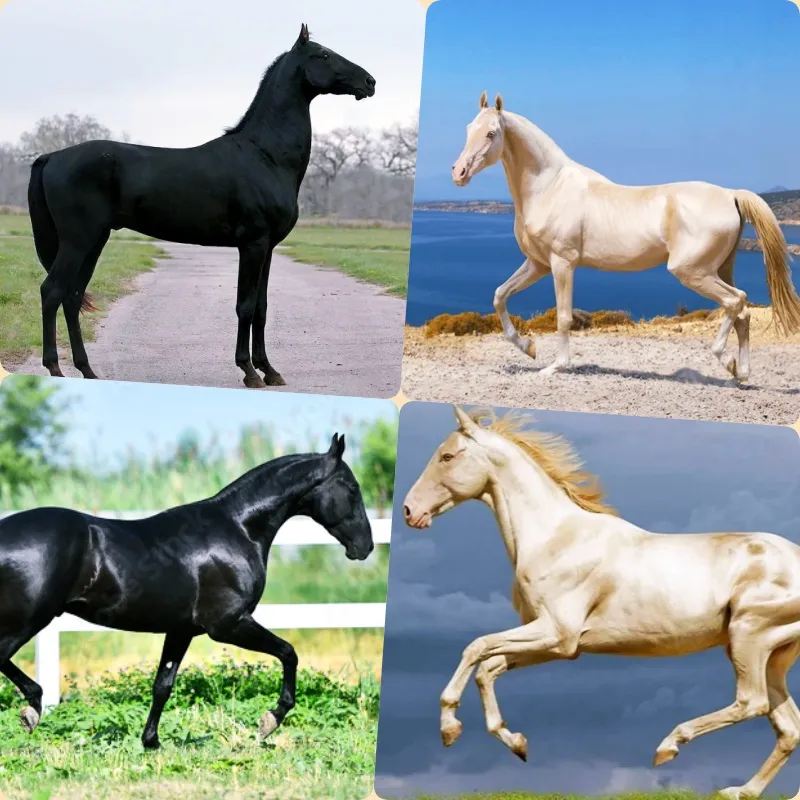
Akhal-Teke: The Most Beautiful Horse Breed on the Planet
“No other horse breed leaves such an unforgettable impression as the Akhal-Teke – noble, graceful, and elegant, shimmering with a golden glow under the sunlight, with a graceful trot and powerful gait.” These words, written by breeder Alexander Klimuk, truly capture everything remarkable about this breed.

The Akhal-Teke, a breed from Turkmenistan, is renowned for its speed, endurance, intelligence, and distinctive metallic sheen – a feature that has earned it the nickname “golden horse.” Believed to be one of the oldest horse breeds still in existence, the Akhal-Teke has adapted perfectly to harsh climatic conditions. There are currently about 6,600 Akhal-Tekes worldwide, primarily in Turkmenistan, but also found across Europe and North America.
Ancient tribes in Turkmenistan initially used Akhal-Teke horses mainly for raids in warfare. For them, these horses were crucial for both income and survival, making them their most valuable possessions. They selectively bred their horses and kept detailed records of their lineage.
The Akhal-Teke horses were managed and trained in very specific ways, including wrapping the horses in seven layers of felt from head to tail to keep their coats short and shiny. Before battles, they were put on a special diet to prepare for long journeys across waterless deserts with minimal food. This adaptation helped the breed evolve to have extraordinary beauty and extreme endurance.

Historical records indicate that in 1935, a herd of Akhal-Teke horses crossed the Karakum Desert, covering 4,152 kilometers in just 84 days, during which they went up to 3 days without a single drop of water. The Russians referred to them as ‘Argamaks’ (sacred horses), while in ancient China, they were called ‘heavenly horses.’ Han Dynasty emperors conducted two expeditions to acquire these horses. They were highly valued for their speed, desert endurance, and loyalty to their owners.
Among the various colors of Akhal-Teke horses, cream, palomino, or cream bay often exhibit a metallic sheen, making them appear as if coated in gold. This strange effect is due to the proteins in the horse’s coat reflecting light in a metallic way. While darker-colored Akhal-Tekes do not exhibit this effect, their coats are still very shiny.

According to legend, Emperor Wu of Han once offered a substantial reward for anyone who could find him a purebred Han blooded horse, which was believed to be present in Central Asia but rare in China. Today, that special breed is identified as the Akhal-Teke, one of the oldest and most unique horse breeds. Emperor Wu of Han is considered the earliest historical figure to have written about the “Han blooded horse.” In a poem, he referred to them as “heavenly horses.” The Shaanxi Provincial Archaeological Institute has discovered the bones of 80 horses in two sacrificial pits within the tomb of Emperor Wu, the seventh emperor of the Western Han Dynasty. Each sacrificial pit contained 20 small pits, each guarded by two horses and a terracotta warrior. Analysis of the bones confirmed that these were all mature male Akhal-Teke horses.






